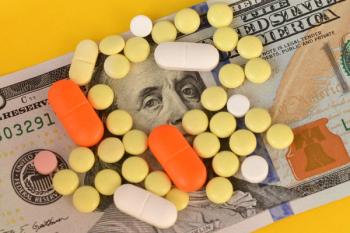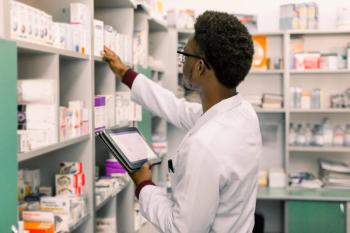
Pharmacy groups part of Obama’s plan to curb drug abuse
President Barack Obama has called for doctors and nurses employed by the federal government to receive training on prescribing opioids.
In an effort to combat the nation’s widespread drug abuse problem, President Barack Obama issued directives to federal agencies that doctors and nurses employed by the federal government receive training on prescribing opioids.
During a trip to Charleston, West Virginia, President Obama also directed federal agencies to review their healthcare plans to remove barriers preventing patients from receiving overdose medications such as buprenorphine and naloxone (Suboxone).
West Virginia, where the president attended a community forum on drug prevention, has the highest rate of overdose deaths in the United States.
"More Americans now die every year from drug overdoses than they do in motor vehicle crashes and the majority of those overdoses involve prescription medications,” the White House said in a statement. “Healthcare providers wrote 259 million prescriptions for opioid pain medications in 2012 -- enough for every American adult to have a bottle of pills."
The White House also outlined separate initiatives from more than 40 groups designed to lessen prescription drug abuse and heroin usage.
Those efforts include major corporations such as CBS, ABC, The New York Times, Google, the National Basketball Association, and Major League Baseball donating advertising space for public service announcements produced by the Partnership for Drug-Free Kids.
Pharmacy-related efforts include:
· CVS’ previously announced
· Rite Aid’s plan to train 6,000 pharmacists on naloxone use in the next year and to expand its naloxone dispensing to more states.
· Efforts by the National Association of Chain Drug Stores to continue to educate their member companies, including 175,000 pharmacists, about opioid overdose and naloxone.
· Plans by the National Community Pharmacists Association to distribute inserts to community pharmacists highlighting safe drug disposal and naloxone use.
· Education efforts by the American Pharmacists Association and the American Society of Health-System Pharmacists to train pharmacists, pharmacy employees, and pharmacy students about opioid use, misuse, and abuse.
· The National Association of Boards of Pharmacy efforts to expand access to information from prescription drug monitoring programs to more healthcare providers in Arizona, Delaware, Kentucky, and North Dakota.
Newsletter
Pharmacy practice is always changing. Stay ahead of the curve with the Drug Topics newsletter and get the latest drug information, industry trends, and patient care tips.





























































































































